Review
Ford has fitted an electric powertrain to its best-selling Puma, but the resulting car doesn’t offer as much range or technology as cutting-edge rivals.
Overview
Ford’s electrification strategy has been a little convoluted. Its first EV, the Mach-E, was built from the ground up. Then came the Explorer and Capri, both based on VW Group’s MEB platform. Now we’ve got the Puma Gen-E, an electric version of a car that’s been on sale for six years.
It may seem like a backwards step, but the Puma is Ford’s best-seller so re-invigorating a winning formula with an electric powertrain should be a recipe for success.
The problem is, when you take a platform that was never designed to be electric in the first place the resulting car has to make compromises.

Ford was only able to squeeze in a 43kWh battery, meaning range is limited. The Puma’s interior also feels cramped in comparison to some of the cars competitors.
And it certainly faces a fierce competition. There’s the Hyundai Kona, Kia EV3, Skoda Elroq, Renault 4 and Volvo EX30. We really are spoilt for choice in this section of the market.
Pricing starts at £29,995, for the Puma Gen-E in Select trim, which puts it at the cheaper end of the market. There's also a higher-spec Premium trim, costing £31,995. You do get less range and not a great deal of standard equipment, however.
Comfort and practicality
Prior to the Gen-E’s inception, the Puma was given a facelift which included major revisions to its interior. As a result, the dashboard features a large central touchscreen in place of physical switchgear.
The display dominates the dashboard but looks like a bit of an afterthought, with the central air vents stuck on top. There's not much flow to the design. There’s also a squared-off steering wheel which is a bit large and out-of-place in this relatively sporty compact car.
The front seats are manually adjustable and we found it easy to dial in a comfortable driving position – just be aware that you do have to sit quite high in the car as the seat doesn’t go particularly low. Heated seats are available, but only as an option costing £350.
Interior build quality is reasonable, but some of the plastics feel a little cheap. The entry-level Select trim comes with cloth upholstery, while the Premium has imitation leather and suede upholstery. On both models, the door cards and dashboard have white panels to contrast the black trim everywhere else.
While petrol-powered Pumas have a gear lever in the centre console, the Gen-E makes better use of the space and offers more storage by placing the shifter on the steering column.
The Puma’s boot is a decent size and if you lift the boot floor there’s a massive ‘gigabox’ beneath. It gives a total capacity of 523 litres, far in excess of anything else in this size segment.
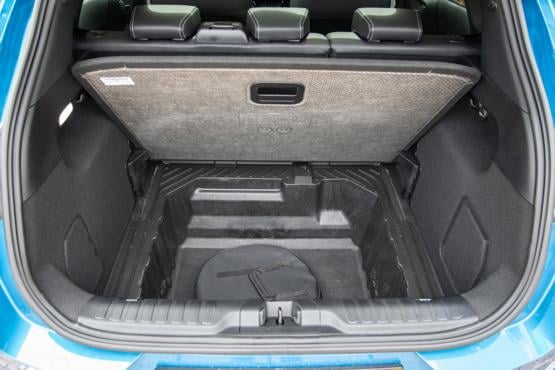
Safety and technology
As an ageing model, the Puma isn’t quite as up-to-scratch as its newest rivals when it comes to safety. The car has a four-star rating from Euro NCAP, putting on the back foot when compared to the EV3 or an EX30.
The usual suite of safety aids come as standard, including lane assist and autonomous braking, but if you want adaptive cruise control or blind spot monitoring, you’ll have to add the £950 Driver Assistance Pack.
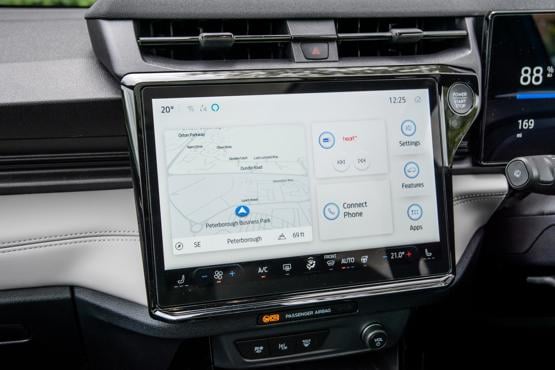
The 12-inch central display falls easily to hand and has a user-friendly interface organised into large tile. It’s paired a with decent-sized instrument cluster display and delivers a digital experience that is a lot better than some of the new Chinese models manage. It’s just a shame the displays weren’t integrated more neatly into the dashboard.
The Premium gets a B&O speaker system but all versions have Apple Carplay and Android Auto, along with sat-nav.
Driveability and range
The regular Puma is a great car to drive and the Gen-E benefits from the same keen handling. It feels nimble and light on its feet, despite carrying an extra 200kg of weight. While body roll is well controlled, the car does have a firmer ride as a result.

There’s only one powertrain option: a 168PS motor with a 43kWh battery. Performance is modest, with 0-62mph taking 8.0 seconds. It’s nippy enough in town and will quite happily spin its front wheels, especially int the wet. On larger roads the Gen-E feels a little lethargic at the top end.
The Puma Gen-E’s official range is 233 miles, although we were pushed to see more than 200 from it during our test. In an urban setting it was returning an impressive 4.7mi/kWh, but at motorway speeds that sinks quite quickly to around 3.8mi/kWh. We’d expect around 180 miles in real-world conditions.
At a rapid charger it can pull 100kW, which is reasonable but, again, not class leading. Because the battery is small the 10% - 80% charge time is reasonable at 23 minutes.
Company car tax and running costs
While the Puma doesn’t offer a class leading range, it does stack up when it comes to running costs. As a company car, drivers will benefit from low benefit-in-kind tax payments of just £15 per month (2025/26 tax year), while fleet operators should see low running costs from the model.
Over a four-year cycle (80,000 miles) the projected running cost from Cap is just 30p per mile. A comparable Skoda Elroq would cost around 33ppm.
Matt has been an automotive journalist for nine years and has driven just about every new car and van that's on sale. As content editor - vehicles he is responsible for the automotive content on Fleet News and also contributes to Automotive Management. Prior to this, Matt worked in the automotive industry for 10 years.


Specs
| Manufacturer | Ford |
| Model | Puma Gen-E Electric Hatchback |
| Specification | Ford Puma Gen-E Electric Hatchback 123kW Select 43kWh 5dr Auto |
| Model Year | 2025.00 |
| Annual VED (Road tax) | £10 |
| BIK List Price | £29,930 |
| Range | 233.00mile(s) |
| CO2 | N/A |
| BIK Percentage | 3% |
| Insurance Group | N/A |
| CC | 1 |
| Fuel Type | Electric |
| Vehicle Type | Compact SUV |
| Luggage capacity (Seats up) | 556litres |
| Doors | 5 |
Running Costs
| P11D | £29,930 |
| Cost per mile | 33.80ppm |
| Residual value | £12,075 |
| Insurance group | N/A |
| Fuel Type | Electric |
| Cost per mile | 111.14ppm |
| Fuel | 1.89ppm |
| Depreciation | 106.85ppm |
| Service maintenance and repair | 2.40ppm |
Rivals
Info at a glance
-
P11D Price
£29,930
-
MPG
N/A (WLTP) -
CO2 Emissions
N/A -
BIK %
3% -
Running cost
3 Year 60k : £12,075 4 Year 80k : £9,850 -
Fuel Type
Electric -
Range
233.00mile(s)

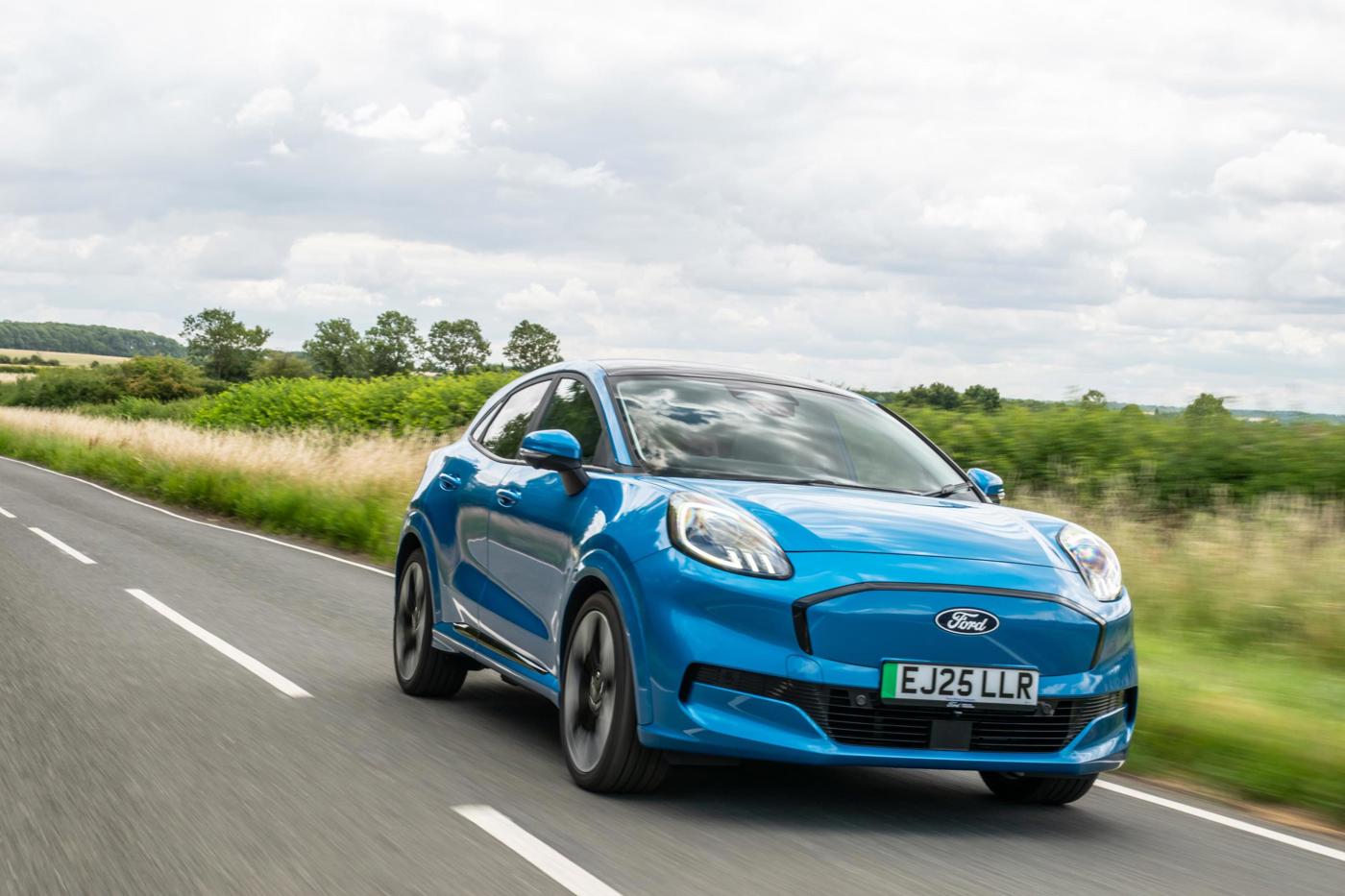

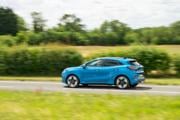









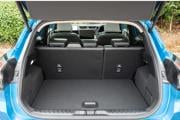

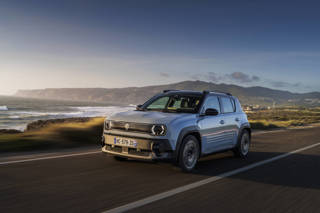
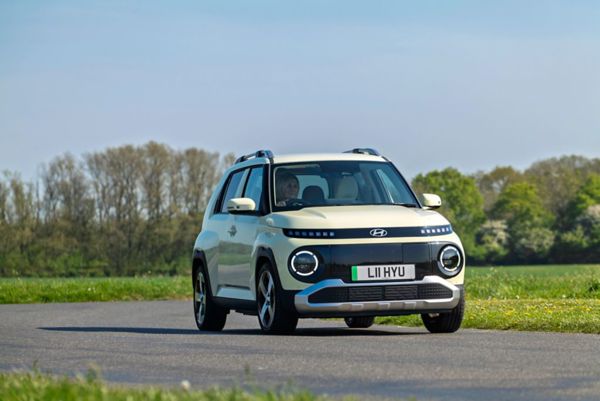
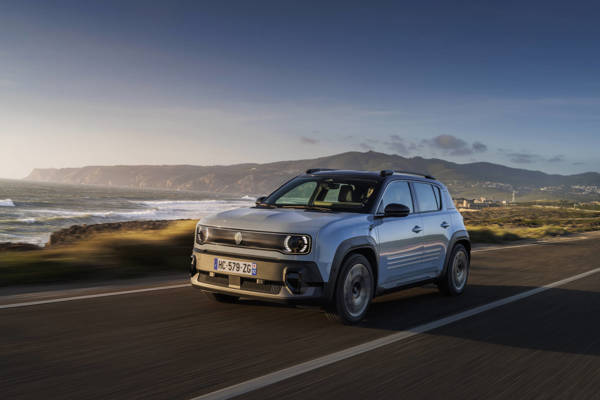
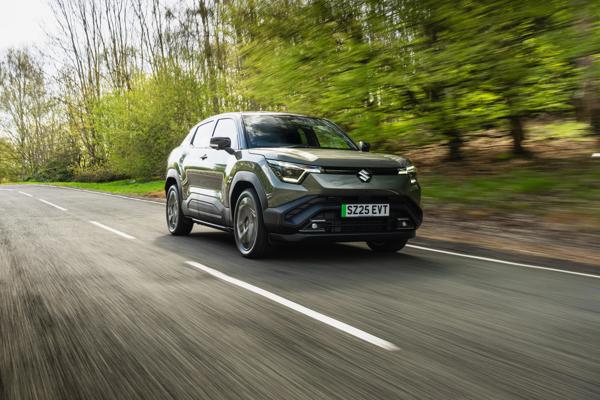

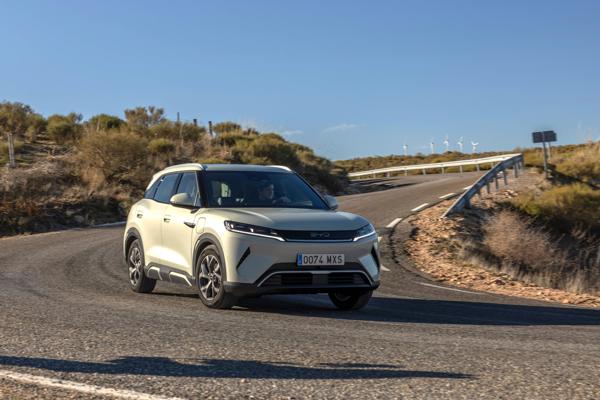
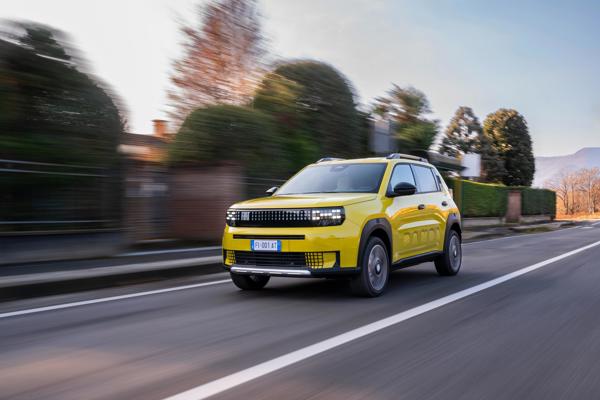

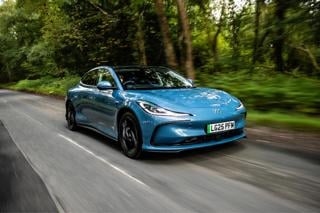
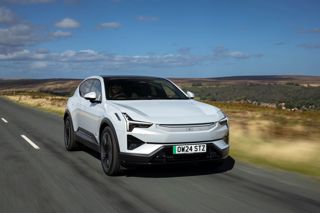
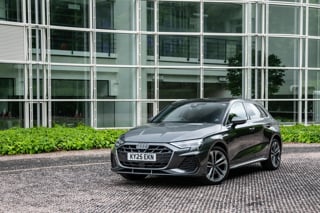













Login to comment
Comments
No comments have been made yet.